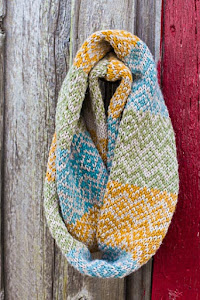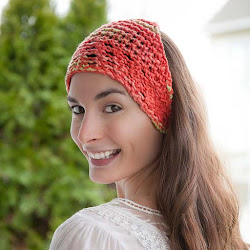Although I rarely work off of patterns that are not mine, I found it helpful to do research on reading patterns and understanding how regular knitting is converted to the loom. Here are just a few of my notes on converting regular knitting...
#convertingknittingtoloom #knittingconversions #convertingregularknittingtoloomknitting #loomknitting #loomknittingpatterns #freeloomknittingpatterns
When converting flat panels only:
When a pattern says...Multiples of 6 + 1: Your rows must be in multiples of 6, plus one ending stitch.
Example: 6 + 1 = 7
6 x 2 = 12 + 1 =13
6 x 3 = 18 + 1 =19
You need to cast on a number of pegs divisible by 6 and then add 1.
When converting patterns in circular knitting:
Only knit the multiple and omit the number after the plus + sign.
*When regular knitting...Needle knitters flip the knitting each row, loomers do not. You must do the following when converting a pattern:
Typically the 1st row is the RIGHT SIDE row...if this is the case do this:
- Leave all odd rows as they are.
- Change all the even number rows to the opposite stitch. (if they have knits change them to purls, etc.)
- Change all the odd side rows (if they have knits change them to purls, etc.)
- Leave all the even rows as they are.
- Chart starts at the bottom right of the first row. Second row starts at the bottom left.
- Odd rows start right to left.
- Even rows start left to right.
- Read the chart from bottom right
- All other rows start at the right side (clockwise)
Gauge is important when converting patterns!
- Knit a 5 x 5 Swatch or larger if knitting a sweater.
- Measure it for gauge. The math doesn't lie.
- There is a chart in my book and other loom knitting books that will give you a starting point for what loom is the equivalent to what knitting needle. You can find Round Loom Knitting in 10 Easy Lessons Here!
Examples (flat panel knitting)
Needle Knitting: Rows 1 and 3 (RS, Right Side) *K5, p5, rep from * to end.
Loom knitting looks like this: Same as needle knitting because it's the right side and the same side loom knitters work on.
Needle Knitting: Row 2 and all WS (wrong side) rows *K4, p1, k1, p4, rep from * to end.
Loom knitting looks like this: *P4, k1, p1, k4, rep from * to end. Change all sts to the opposite stitch because needle knitters are working the wrong side of their knitting and we are still on the right side.
Things to remember:
- If you are a beginner at converting patterns, it's best to start with patterns that contain easy conversions such as garter stitch patterns, knit/purls, fair isle (usually mostly knits), colorwork patterns, gansey patterns then patterns with eyelets. Try a lace pattern after you are comfortable with beginner patterns.
- Knitting in the round: No conversion needed since needle knitters will also be working on the right side throughout the pattern.
- when working on the wrong side of a needle knitting pattern change your sts to the opposite stitch.
- You must meet the gauge of the needle knitting pattern to know how many stitches and rows you will need. The math is very important.
- Converting patterns becomes more complex when working lace as there are certain stitches we can not do without moving sts out of the way.
HAPPY LOOMING! THANK YOU FOR READING!
copyright, 2014, thismomentisgood.blogspot.com, Nicole F. Cox, all rights reserved.














No comments
Post a Comment